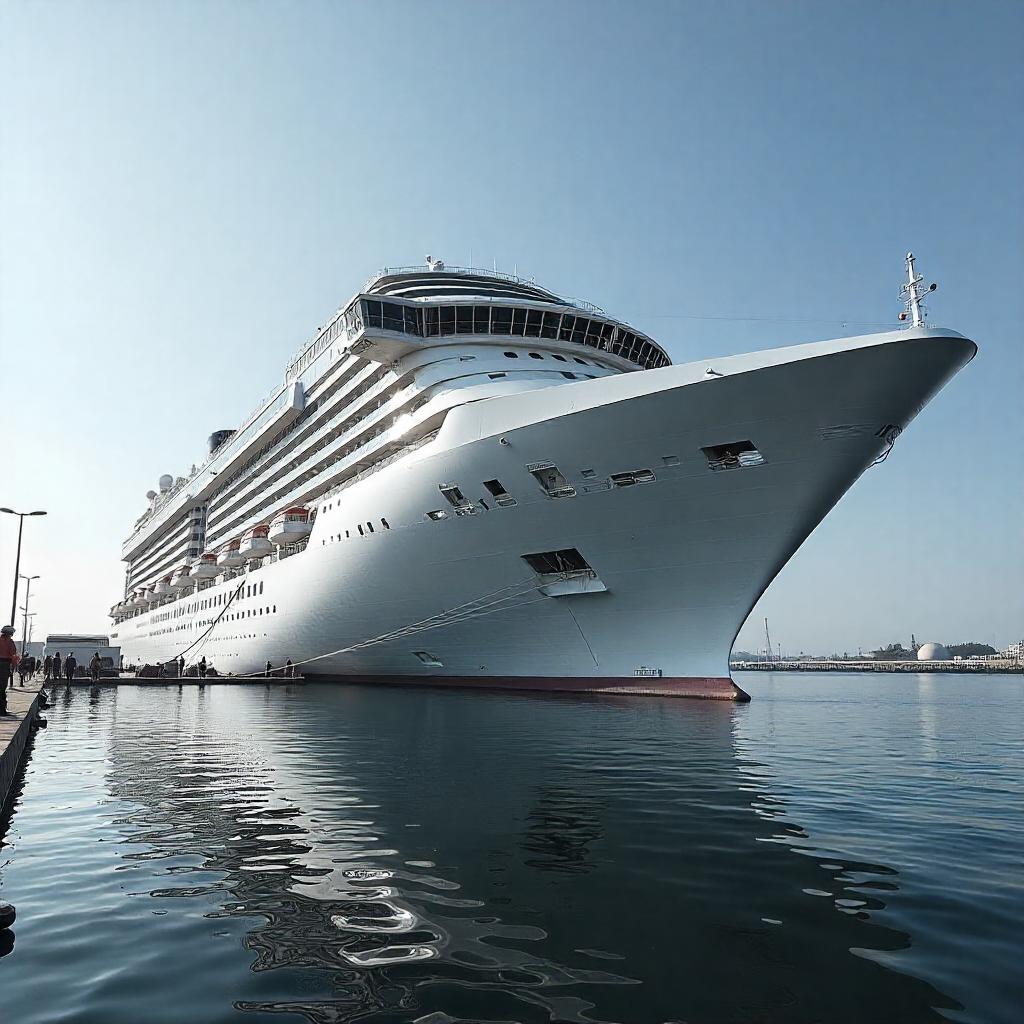東京の造船所再建への戦略的焦点
日本は造船部門の活性化に向けて断固たる道を歩んでおり、2030年までに生産量を倍増させることを目指しています。この取り組みは、経済安全保障と環境持続可能性の追求を柱として、自由民主党(LDP)と日本造船工業会(JSIA)の主導によって推進されています。最終的な目標は、数十年にわたって劇的に変化した世界の海事市場で大きなシェアを取り戻すことです。
日本の造船業における支配の歴史
歴史的に、日本は造船業の強国であり、1990年代には世界の生産量の約50%を占めていました。しかし、競争が激化し、特に中国や韓国のような大規模な補助金や大規模な事業運営の恩恵を受けている国からの競争が激化するにつれて、日本の市場シェアは約10%にまで縮小しました。現在、中国は約70%の新造能力を保有しており、日本を大幅に上回っています。
世界市場シェア20%を目指して
今治造船の社長であり、JSIAの会長でもある檜垣幸人氏は、日本の造船業界に対し、2030年までに世界の市場シェアの少なくとも20%を取り戻すという大胆な目標を設定しました。檜垣氏によれば、「価格リーダー」になることが不可欠です。この野心は、日本が世界の舞台で支配的な海事力としての地位を再確立しようとする強い意思を示しています。
国家安全保障と海洋製造業
日本の経済戦略に不可欠なのは、海上製造業が国家安全保障にとって極めて重要であるという認識です。石破茂首相に提出された自民党の提案がこれを強調しています。2022年の経済安全保障推進法は、主要産業に対する政府の直接的な支援を支持しており、休眠状態の造船所の活性化と、最新のインフラへの民間投資の促進に焦点を当てています。
アメリカ合衆国との共同の取り組み
中国の海洋における優位性に対抗するため、日本は日米造船活性化基金の設立を含め、米国との協力を深めています。このイニシアチブは、国内および米国の造船所への投資を目的としており、日本の企業が米国市場で必要とされる様々な種類の船舶の契約を確保できるようになることを目指しています。
戦略的重点分野
- 自動車用キャリア
- LNGキャリア
- 耐氷船級の海軍艦艇
この協力はまた、海軍のパートナーシップによって強化されており、中国に依存しない二国間の海上サプライチェーンの構築を目指しています。
造船インフラの刷新
これらの野心的な目標を達成するために、国の造船所のモデルが検討されています。政府は、新しいドックと必要な設備のために500億〜800億円(約3億4,100万ドル〜5億4,600万ドル)相当の施設を建設し、民間の事業者にリースすることを提案しています。この国の造船所のコンセプトは、LNGに重点を置き、日本のエネルギー安全保障のニーズに対応します。
投資と貿易の力学
特筆すべきは、日本が老朽化した蒸気タービンユニットを交換する義務がますます増大していること、そして2030年に始まる米日LNG取引協定により、新たな船舶が必要となることである。この協定では、日本最大の発電会社であるJERAが、2030年頃から始まる20年契約の下で、年間最大550万トンの米国LNGを調達することが見込まれている。
業界における労働力不足への対応
造船業は深刻な労働力不足に悩まされており、その証拠にわずか5年間で1万人以上の労働者が減少し、2024年までに約7万1000人になりました。これに対処するため、日本は研修センターを設立し、外国人労働者向けのプログラムを強化する予定です。さらに、労働者の約40%が定年退職年齢に近づいているため、若年層の間で造船業の魅力を取り戻す必要があります。
地平線上の課題
積極的な戦略にもかかわらず、日本の造船業は急なハードルに直面するでしょう。中国と韓国の造船所が多額の補助金を受けて支配し続けているため、激しい価格競争が依然として重要な障壁となっています。Danish Ship Financeによると、新規受注が大幅に増加しなければ、日本の造船所の稼働率は今年の50%から2027年までに危険な20%に低下し、工業生産と熟練労働者の維持を脅かす可能性があります。
既存の構造的制約
日本の造船業はまた、労働力の高齢化、新たな施設のための沿岸部の限られた土地、技術進歩のペースに比べて遅い政策改革といった構造的な課題も抱えています。
前途
日本が2030年までに造船能力を再活性化させるという野望は、海事製造業における潜在的なルネッサンスの舞台を設定しています。業界の回復は、国家安全保障だけでなく、グローバルな物流および貿易の力学にも大きな影響を与える可能性があります。投資と国際的な協力を促進することにより、日本は自国の海運業界を瀬戸際から引き戻すことを目指しています。
GetTransport.com:物流のパートナー
要するに、日本の造船能力の再活性化は、国家と経済の安全保障への新たなコミットメントを強調すると同時に、世界の海上物流を再構築するものです。これらの進展が展開するにつれて、世界の物流業務は日本の戦略的な動きに影響された重要な変革を目撃するかもしれません。
効率的な物流の重要性を認識し、GetTransport.comは世界中の貨物輸送のための信頼できるサービスへのアクセスを保証し、大規模な輸送ニーズと個人の転居の両方に合わせたソリューションを提供します。GetTransport.comが提供する利便性、透明性、手頃な価格により、ユーザーは経済的な負担をかけることなく、物流の課題を容易に乗り越え、ニーズを満たすことができます。
貨物輸送を効率化したい方は、情報に基づいた意思決定が重要であることを忘れないでください。GetTransport.comで利用可能な豊富なオプションを検討し、 ベスト・オファー 今日

 2030年までに造船業を活性化させる日本の野心的な計画">
2030年までに造船業を活性化させる日本の野心的な計画">